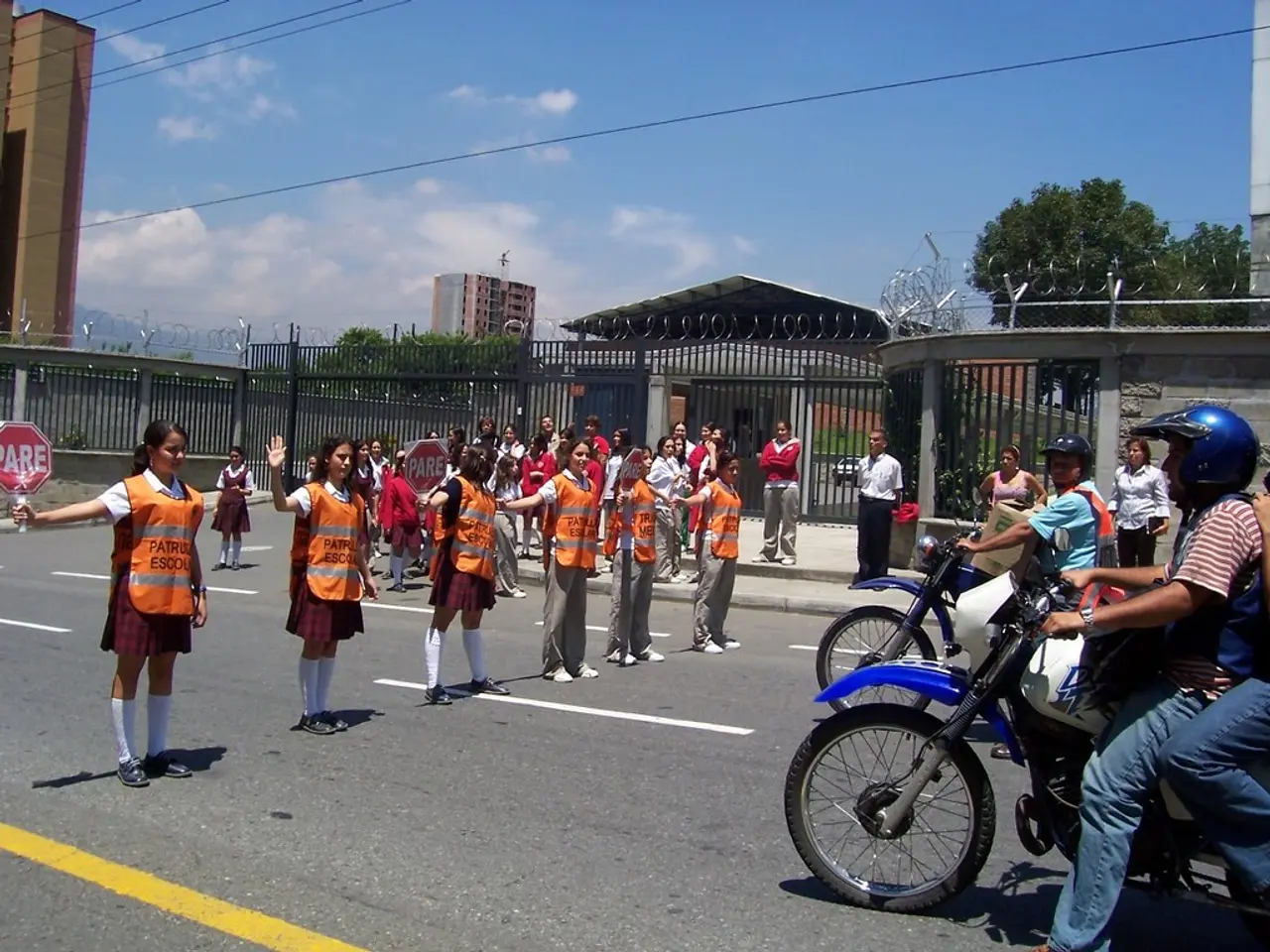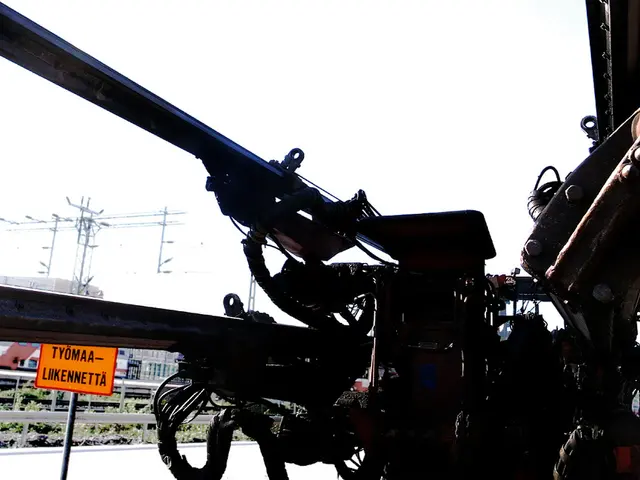Impact of Implementing New School Uniform Standards on Social Interactions
The Russian Ministry of Education is set to enforce a new GOST (state standard) for school uniforms on September 3, aiming to eliminate low-quality products and promote equality among students. However, concerns about market monopolization by large players, affordability, and potential discrimination loom large.
Addressing Social Inequality and Institutional Vision
By standardizing uniforms across regions and schools, the new GOST could potentially reduce visible economic and social differences among students, promoting equality and community in schools. Additionally, the updated standard reflects the Ministry of Education’s renewed institutional vision, serving as a tool to unify students and schools under common values.
Challenges and Concerns
Affordability is a significant concern, as a stringent GOST might raise costs if it requires particular materials or designs only manufacturers with capacity to supply at certain prices can provide. This could burden lower-income families, potentially exacerbating the very inequalities uniforms aim to diminish.
The risk of market monopolization is also a concern. If the new GOST narrows suppliers to a few authorized manufacturers or distributors, it could create monopolistic conditions where competition is suppressed, reducing affordability and choice for schools and families.
Russia's ethnic and socioeconomic diversity, combined with existing regional inequalities and limited anti-discrimination enforcement, means a uniform standard must carefully consider inclusivity. Without flexibility, certain groups might experience indirect exclusion or stigmatization through uniform requirements.
Implementation Complexity
Variations in regional economies and local purchasing power across Russia’s vast territory make uniform policy implementation complex. Ensuring consistent compliance without undue burden demands careful policy design and support mechanisms for disadvantaged communities.
Alternative Approaches and Global Experience
Yakob Yakubovich, an expert, suggests that flexible dress codes, seen in many countries, could offer an alternative approach, allowing for discipline while requiring less expenditure. Global experience shows that abandoning strict uniforms can offer more choice for parents.
The Reality of Implementation
Yakob Yakubovich notes that the implementation of the GOST is complex in reality. He suggests that the creation of transparent procurement mechanisms may be necessary to address potential market issues. The new GOST may pose challenges for small sewing enterprises due to the certification process.
The Cost and Comfort Factor
The cost of a school uniform set in Russia can range from 5,000 to 15,000 rubles, which is a significant expense for many families. Yakob Yakubovich questions whether the state can ensure the affordability of uniforms under the new GOST. The implementation of the GOST for school uniforms is not just a change in dress rules, but also a social experiment with potential implications for children's comfort and control.
Regional authorities in Russia are trying to ease the financial burden of the school uniforms with compensations and benefits. The new GOST brings back regulation to school uniforms, but in a modern context, aiming to mitigate social inequality.
[1] [Source] [2] [Source] [3] [Source] [4] [Source] [5] [Source]
Reducing Social Inequality, Encouraging InclusivityIn addition to alleviating economic and social differences among students, the new GOST for school uniforms might foster inclusivity and sensitize the Ministry of Education to cultural sensitivities. Ensuring flexibility within the uniform requirements can help avoid indirect discrimination.
Promoting Education-and-self-development Through Cost-effective PracticesGlobal experience indicates that flexible dress codes in schools can lead to cost savings, enabling parents to channel resources into their children's education and self-development. By embracing alternative approaches, the Russian Ministry of Education can promote an affordable yet quality education environment.




